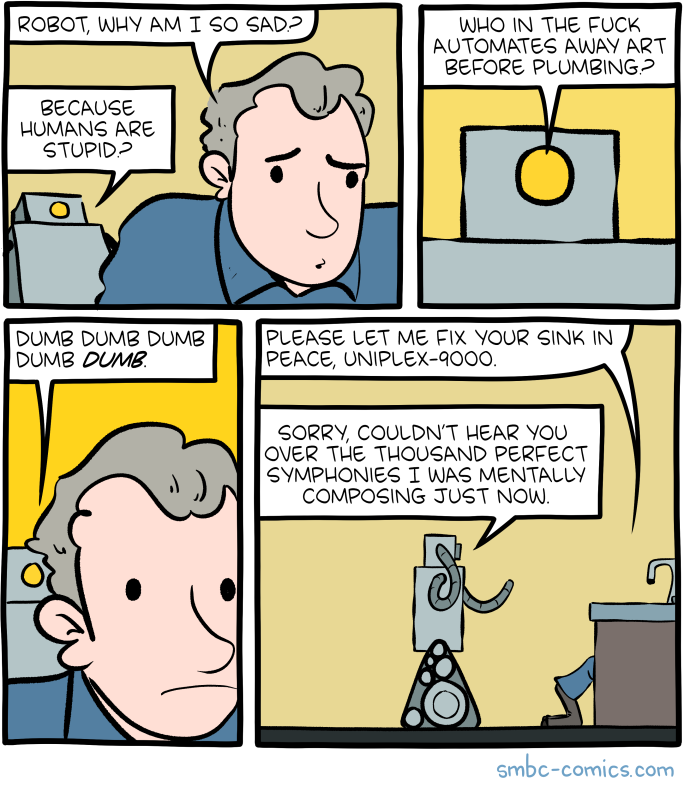Buckminster
Well-Known Member
$50k sounds about right although I would rather Tesla leases them out for $25k/annum. Bots could spend 2 years in a home, 5 years as a cleaner at a school or shopping mall and then another 10 in a factory.
You can install our site as a web app on your iOS device by utilizing the Add to Home Screen feature in Safari. Please see this thread for more details on this.
Note: This feature may not be available in some browsers.
$50k sounds about right although I would rather Tesla leases them out for $25k/annum. Bots could spend 2 years in a home, 5 years as a cleaner at a school or shopping mall and then another 10 in a factory.
That was a great video. Worth the time if you want to get up to speed on the entire humanoid robotic market. A couple of interesting things I learned:Good video comparing optimus' competition:
My analysis:
Elon is now in charge of optimus. Elon's past projects generally follow the same pattern. Quickly get a minumum viable product to the market. Improve cost and functionality by scale. Get real feedback and quickly iterate. Focus the development on things that are useful long term and that increases the speed of development. Introduce costs functions/score and let the team do whatever they want that optimises the score, improve the cost function/score to catch things they realized they missed whenever they find problems. Automate as much as possible and remove things that are not needed aggressively. Have a war time mentality, push deadlines and be extremely optimistic then force the team to work hard and use all their talent to get there.
The other teams do less of this. They want to do things they can show off to impress their collegues, are academic or things that are a fun intellectual exercise. Rather than cost functions they use intuition and best practices. Products are figured out later, primarily it's about doing the research. Feedback is not needed and real customers are messy. Slow and steady wins the race.


I think Wiferion tech makes more sense for EV's.Tesla looking to buy Wiferion for Optimus?
Tesla currently has 52 job openings for the Tesla Bot. It is worth noting that 5 of these postings are specifically for "Manufacturing". What's even more exciting is that one of these positions is for a "Line Lead" role in Sparks, Nevada!
View attachment 953529
------------------------------------------------------------------------------View attachment 953531--------------------------------------------------------------------
Manufacturing job openings
Line Lead - Tesla Bot
View attachment 953534
Wow, this is awesome. I told my wife and she said "Let me know when it can pull weeds"


